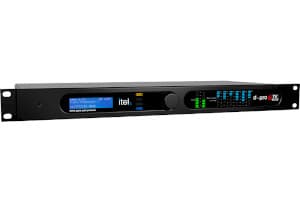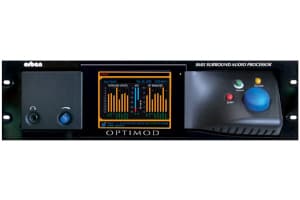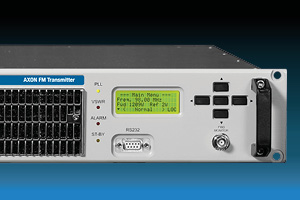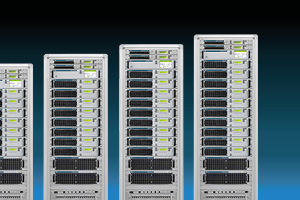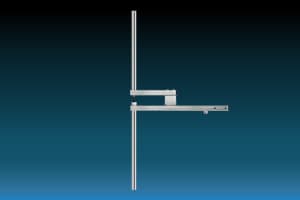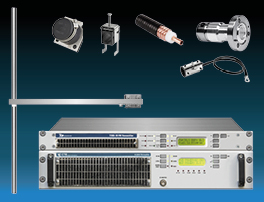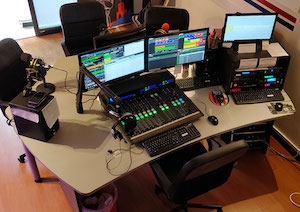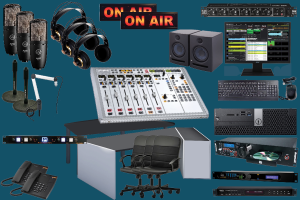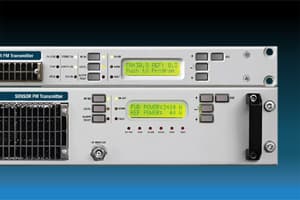
What is a TV Audio Processor?
TV Audio Processors are devices that enhance the sound quality of your television broadcast.
They are very important pieces of equipment, as they are usually the last ones you use before your audio is transmitted.
In a TV station, audio processors ensure quality and consistency of audio, and are therefore essential to your television broadcast.
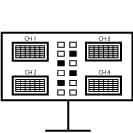 AUDIO & VIDEO MONITORING
AUDIO & VIDEO MONITORING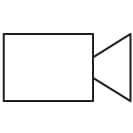 VIDEO CAMERAS
VIDEO CAMERAS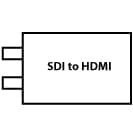 CONVERTERS
CONVERTERS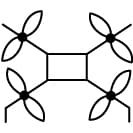 DRONES
DRONES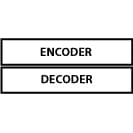 ENCODERS & DECODERS
ENCODERS & DECODERS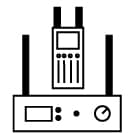 INTERCOM SYSTEMS
INTERCOM SYSTEMS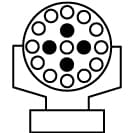 LIGHTING & SPECIAL EFFECTS
LIGHTING & SPECIAL EFFECTS STUDIO CLOCKS
STUDIO CLOCKS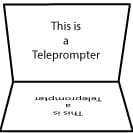 TELEPROMPTER
TELEPROMPTER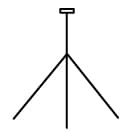 TRIPODS
TRIPODS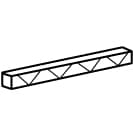 TRUSS
TRUSS TV AUDIO EQUIPMENT
TV AUDIO EQUIPMENT TV AUDIO PROCESSORS
TV AUDIO PROCESSORS TV AUTOMATION SOFTWARE
TV AUTOMATION SOFTWARE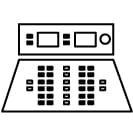 VIDEO MIXER
VIDEO MIXER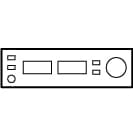 VIDEO RECORDER
VIDEO RECORDER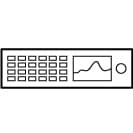 VIDEO ROUTER
VIDEO ROUTER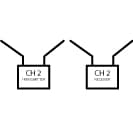 VIDEO TRANSMITTER
VIDEO TRANSMITTER VIDEO WALL
VIDEO WALL